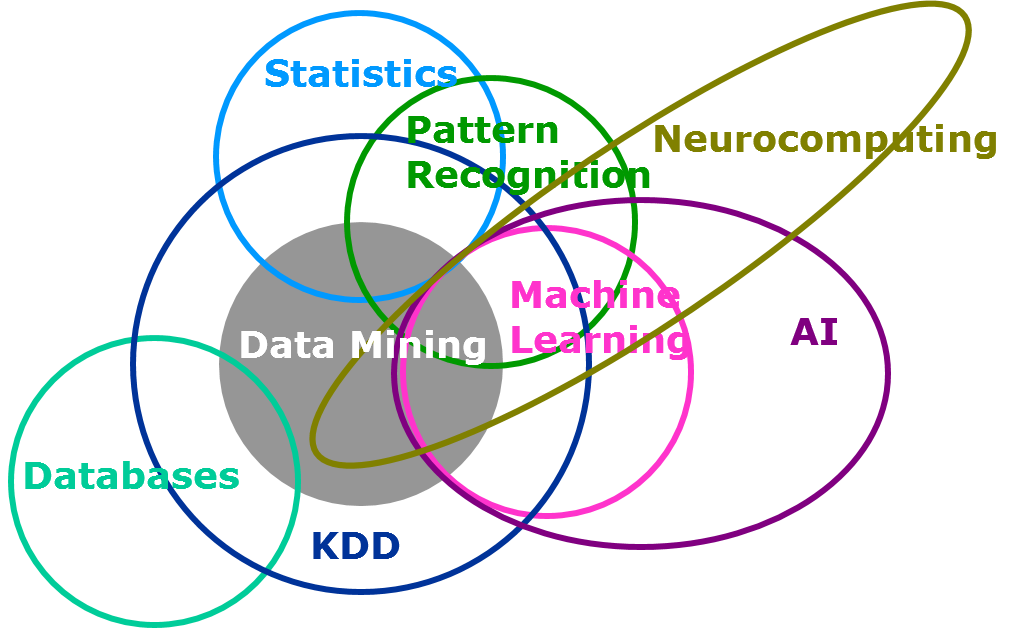
You must give AI a dataset without tags and targets if you want to use it in your everyday life. The more accurate an AI is, the better it will be for real world usage. Therefore, it is important to conduct rigorous AI training. It is important to test AI with 100% accuracy. Once you have successfully completed the training process it is time to test the technology live.
Machine learning
After completion of the basic AI training, an AI will transition to the validation stage, where it will validate its performance assumptions and assess its results. It will be able to adjust for new variables and verify that it is performing as expected. During this phase, overfitting problems will likely become obvious. AI training can only be as effective as the data used. Data should be as exact as possible.
It is important to realize that programming programs for computers can be time-consuming and challenging when it comes to training them. Thankfully, machine learning makes this process a lot easier by letting computers learn from experience. For this type of training, the computer uses data from any source to start with. The more data it receives, the better it will become. Check out these resources for more information on AI training.

Deep learning
The use of deep learning is rapidly expanding beyond its academic roots. After the initial wave of neural network creation, which saw the rise in perceptrons and multilayer networks, the third wave has been rebranded to AI. Deep learning is used to help AI adapt to the noisy, high-dimensional world that is analog. It's a powerful way for machines to learn patterns and make predictions.
This technique is made up of a number of layers known as a deep neuron network (DNN). Each layer is composed of many neurons, each of which has its own weight. This weight measures the strength or weakness of the input-output relationship. A deep learning model's depth can be infinite because the number of neurons is often a multiple of one million. The complexity of DNNs, which have various layers, is often related to the dimensionality of a problem domain.
Neural networks
In the case of AI training, neural networks are the most popular type of artificial intelligence. These networks are able to work with numerical data. The task of engineering features to train them becomes increasingly difficult as datasets become larger and more complex. Neural networks can learn features by themselves using deep learning frameworks. These are just a few examples of the uses of neural networks. A neural system can detect a pet or a person. This network can detect a cat or a dog. To build it, you must choose the right training data and then use it to train it.
A dataset must be created to train a neural system. Then, generate a random image in a directory that contains IPython. This will serve as an input image. The network can then learn to recognize the nose. The weights in the network will gradually adjust as it learns. The dE/dw is the measure of how much a network's weights have changed.

Unsupervised learning
Unsupervised learning occurs when a machine is trying to categorize a set of data. This technique can be used to identify outliers in a data set. Banks might use unsupervised learning to spot fraudulent transactions in stock prices. This technique is better than supervised learning in many aspects. This article will explore two of most common uses of unsupervised training in AI.
Unsupervised learning is a technique used to train machines for tasks requiring large datasets of unlabeled data. This involves the development of algorithms that search for patterns in unlabeled inputs. For example, an algorithm might be given a collection of images of animals and assigned the task of categorizing them. It may begin to group these images into smaller groups as it learns from the data.
FAQ
Is there another technology that can compete against AI?
Yes, but it is not yet. There have been many technologies developed to solve specific problems. However, none of them can match the speed or accuracy of AI.
How does AI work?
Understanding the basics of computing is essential to understand how AI works.
Computers store information on memory. Computers work with code programs to process the information. The code tells a computer what to do next.
An algorithm is a sequence of instructions that instructs the computer to do a particular task. These algorithms are often written using code.
An algorithm can be considered a recipe. A recipe can include ingredients and steps. Each step might be an instruction. A step might be "add water to a pot" or "heat the pan until boiling."
AI is good or bad?
AI is both positive and negative. The positive side is that AI makes it possible to complete tasks faster than ever. We no longer need to spend hours writing programs that perform tasks such as word processing and spreadsheets. Instead, our computers can do these tasks for us.
Some people worry that AI will eventually replace humans. Many believe robots will one day surpass their creators in intelligence. This means that they may start taking over jobs.
Statistics
- In 2019, AI adoption among large companies increased by 47% compared to 2018, according to the latest Artificial IntelligenceIndex report. (marsner.com)
- In the first half of 2017, the company discovered and banned 300,000 terrorist-linked accounts, 95 percent of which were found by non-human, artificially intelligent machines. (builtin.com)
- According to the company's website, more than 800 financial firms use AlphaSense, including some Fortune 500 corporations. (builtin.com)
- By using BrainBox AI, commercial buildings can reduce total energy costs by 25% and improves occupant comfort by 60%. (analyticsinsight.net)
- Additionally, keeping in mind the current crisis, the AI is designed in a manner where it reduces the carbon footprint by 20-40%. (analyticsinsight.net)
External Links
How To
How do I start using AI?
A way to make artificial intelligence work is to create an algorithm that learns through its mistakes. The algorithm can then be improved upon by applying this learning.
To illustrate, the system could suggest words to complete sentences when you send a message. It would analyze your past messages to suggest similar phrases that you could choose from.
However, it is necessary to train the system to understand what you are trying to communicate.
Chatbots can also be created for answering your questions. You might ask "What time does my flight depart?" The bot will reply, "the next one leaves at 8 am".
You can read our guide to machine learning to learn how to get going.